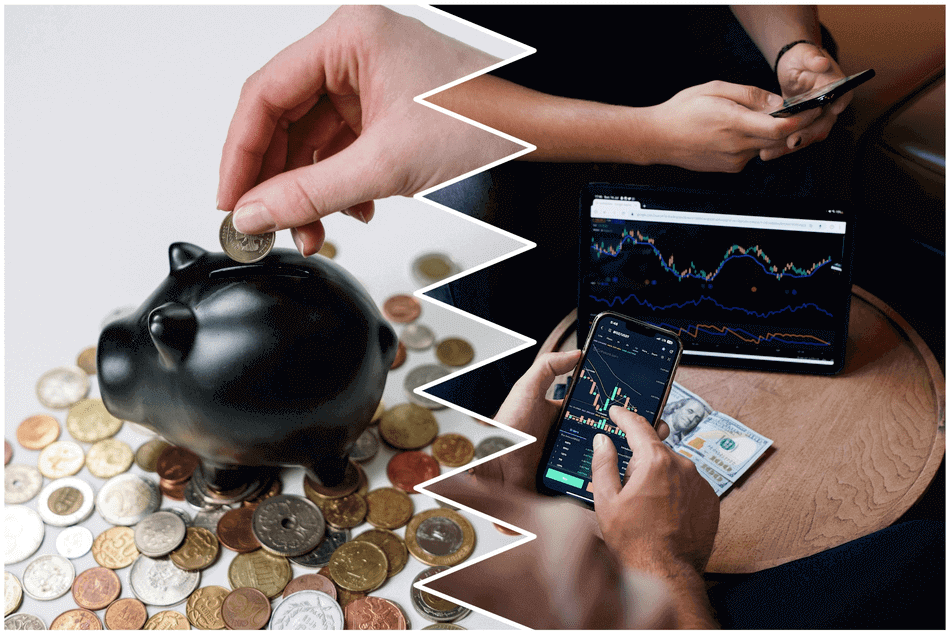In recent years, the prevalence of cashless payments has surged, reshaping the way individuals conduct transactions and interact with money. This article delves into the rise of cashless payments, exploring the underlying reasons, the current situation in the United States, and the pros and cons of transitioning towards a cashless society.
The Rise of Cashless Payments
With the advent of credit cards, debit cards, and mobile payment solutions like Apple Pay and Venmo, the prominence of cashless transactions has skyrocketed. Statistics reveal a significant decline in the use of physical cash, with approximately 30 percent of Americans opting for the convenience of electronic payments. The emergence of mobile payment technologies, such as Near Field Communication (NFC), has further accelerated this shift, liberating shoppers from the constraints of physical wallets and revolutionizing the retail landscape.
Reasons Behind the Decline of Cash
Several factors contribute to the waning popularity of cash:
- Accessibility: Mobile payments offer a convenient alternative for individuals lacking access to traditional banking services or preferring not to carry cash.
- Security: Digital transactions provide enhanced security measures, mitigating the risk of theft or loss associated with physical currency.
- Technological Advancements: The ubiquity of smartphones and wearable fintech devices has made digital payments more accessible and widespread.
- Changing Consumer Preferences: Younger generations, in particular, favor the convenience and efficiency of digital payment methods over traditional cash transactions.
Pros of a Cashless Society
- Convenience and Efficiency: Digital payments offer unparalleled convenience, enabling seamless transactions anytime, anywhere, with just a tap or click. Automated processes and real-time tracking streamline financial operations, reducing paperwork and administrative burdens for businesses and individuals alike.
- Security and Transparency: Enhanced security features safeguard against theft and fraud, providing consumers with peace of mind when conducting financial transactions. Moreover, digital payments promote financial transparency, allowing for easier tracking and monitoring of financial activities.
- Financial Inclusion and Empowerment: Digital payments can promote financial inclusion by providing access to banking services for underserved populations. By fostering economic empowerment and stability, digital transactions contribute to a more inclusive and equitable society.
Cons and Concerns
- Government Surveillance and Control: A cashless society raises concerns about government surveillance and control over financial transactions. Digital footprints left by electronic payments enable authorities to monitor and track individuals’ spending habits, potentially infringing on privacy rights and enabling undue government control.
- Data Vulnerability and Cybersecurity Risks: Digital payment platforms are vulnerable to cyber attacks and data breaches, exposing sensitive financial information to malicious actors. The centralization of data in electronic systems increases the risk of large-scale security breaches, compromising consumer privacy and financial security.
- Account Freezing and Discrimination: In a cashless economy, financial institutions have the power to freeze or block accounts at their discretion, without due process or legal recourse. This arbitrary exercise of authority can result in financial hardship and discrimination, particularly for marginalized communities or individuals with dissenting views.
The Current Situation in the United States
While the adoption of cashless payments is on the rise in the United States, physical currency remains widely used. According to recent statistics, approximately 30 percent of Americans no longer carry cash, with the majority opting for electronic transactions. However, cash continues to play a significant role in the economy, particularly in sectors such as retail and hospitality.
As we navigate the transition towards a cashless society, it’s imperative to strike a balance between innovation and inclusivity. While digital payments offer unprecedented convenience and efficiency, preserving diverse payment options is essential to meet the needs of all consumers. By embracing technological advancements while safeguarding financial accessibility and privacy, we can realize the transformative potential of a cashless society while honoring the enduring significance of physical currency.






















